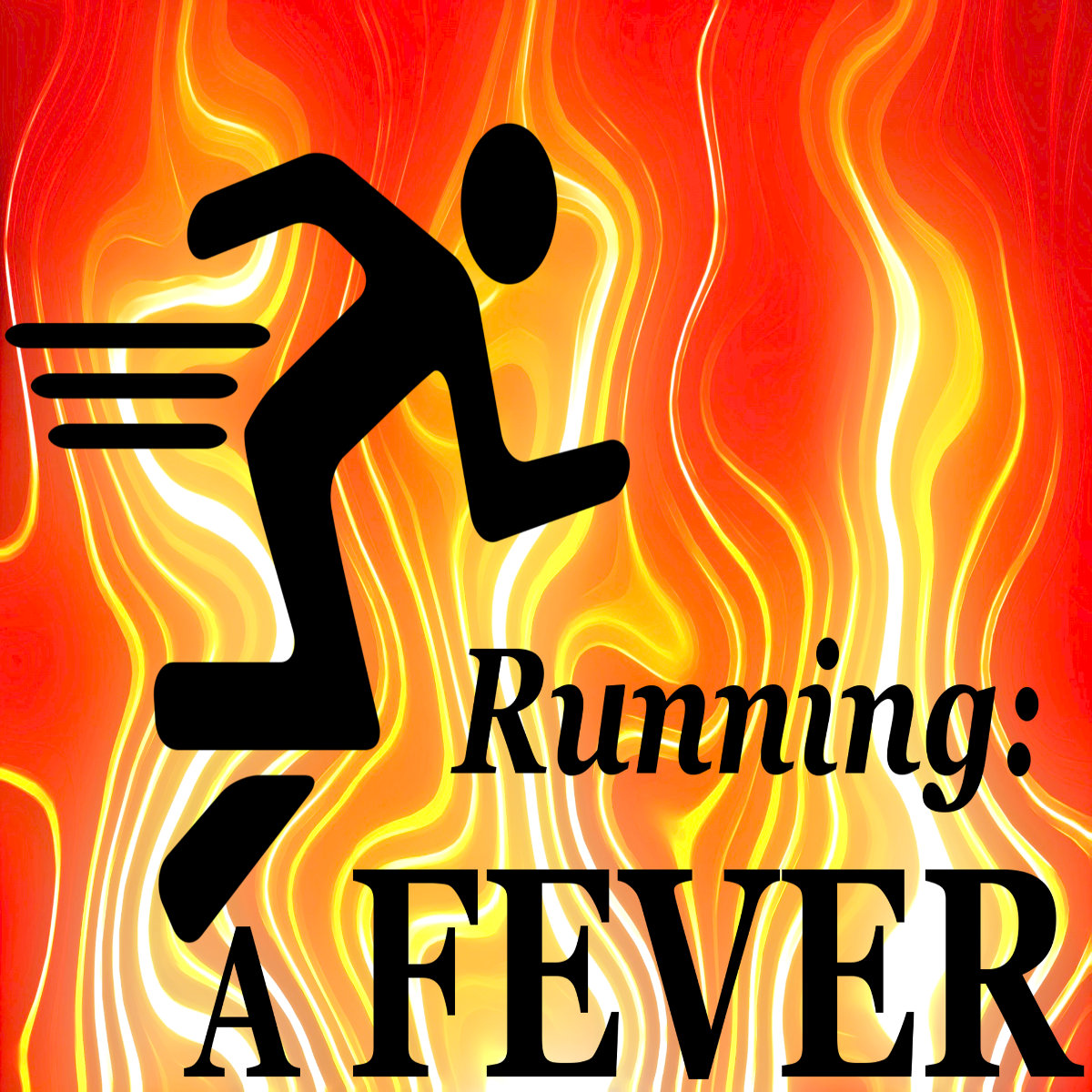Welcome to the 5th in our 17-part series on dementia. About 50 million people suffer from dementia worldwide. It is a debilitating disease, but it may be preventable. So I’ve set out to learn as much as I can and bring you along with me. In part 3 I went through the many types of dementia, and we’re going to have separate episodes on the most common of these. This is the second of that series-within-a-series.
Vascular Dementia, abbreviated VaD. The second most common cause of dementia is reduced or blocked blood flow to the brain. This accounts for at least 20% of dementia cases worldwide, though it is higher in Europe and Japan. The extended list of common symptoms includes:
Confusion
Memory problems
Unsteady gait
Trouble controlling urination or needing to urinate frequently
Slowed thinking
Difficulties with problem-solving, focus and organization
Unlike Alzheimer’s, onset of VaD can be sudden, especially following a major stroke, but it can also be progressive, beginning with minor changes that worsen due to a series of mild strokes. But it isn’t just strokes that cause this type of dementia. Any damage to blood vessels or reduction in circulation may be a precursor. And the symptoms vary based on the area of the brain damaged by the decreased supply of blood.
People with VaD can have risk factors for disease particular to the blood vessels, such as tobacco use, hypertension, atrial fibrillation, high cholesterol, diabetes, or other signs of vascular disease such as a previous cardiac arrest or angina. The chances of suffering from VaD is about 2% at age 70, and doubles for every year thereafter.
Prevention. This is the part I like the best. Because it gives us some action to take. VaD is at least partially preventable, and since stroke plays such a big part, reduction in risk factors of stroke are recommended. Since it can be progressive due to a series of mild strokes, early detection can be important in preventing further progression. Some patients have shown mild improvement as well, though the damage to the brain is irreversible. This damage due to loss of blood flow is called “ischemia” and means the brain cells die of starvation.
High cholesterol and high blood pressure are manageable risk factors, so take care of them, people! Change your lifestyle and use medication if indicated, all under the care of a doctor of course.
One article from 2012 indicates that “physical activity was consistently the most effective method of preventing cognitive decline” !!!
Physical Activity, which is what I’m doing right now. I hope you’re paying attention.
Treatment. Once again, there is no wonder drug. Some small benefits, though I can’t tell you how small, have been derived from:
-memantine
-glutamine, donepezil, and rivastigmine (cholinesterase inhibitors, cholinesterase is an enzyme — it’s amazing that inhibitors of it are used in nerve gases and insecticides — but also in treatment of certain diseases)
-ginkgo biloba extract
-for those who are gluten sensitive, a strict gluten-free diet my relieve symptoms of mild cognitive impairment
The prognosis is worse than Alzheimers, because while AD causes weakness that can lead to death, VaD can be a direct cause of death due to a fatal cutoff of blood supply to the brain.
So some good news here. There are important reasons to stay active and manage health problems like diabetes, high cholesterol, and high blood pressure. Remember that people with any kind of dementia can become completely dependent and need permanent full-time care. It is worthwhile to take these preventative measures.
References:
Outsmart Dementia. (2020). The latest tools for controlling cognitive health — preventing dementia and Alzheimer’s disease. Morton Grove, IL: Publications International, Ltd.
https://en.wikipedia.org/wiki/Dementia#Vascular_dementia
https://en.wikipedia.org/wiki/Vascular_dementia
https://pubmed.ncbi.nlm.nih.gov/22796225/
